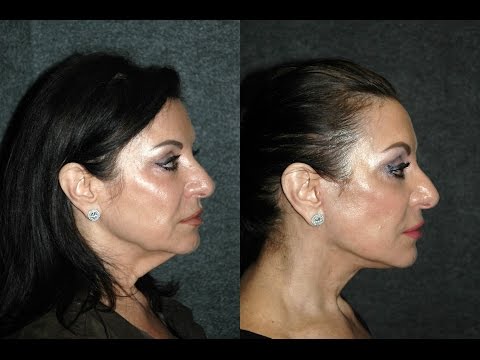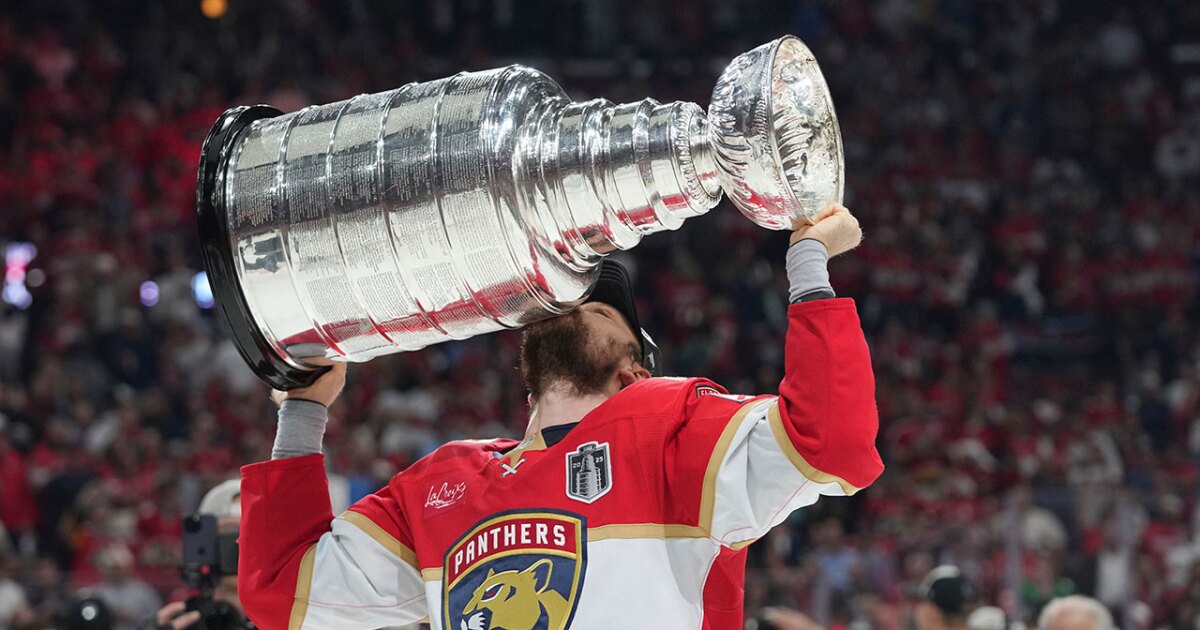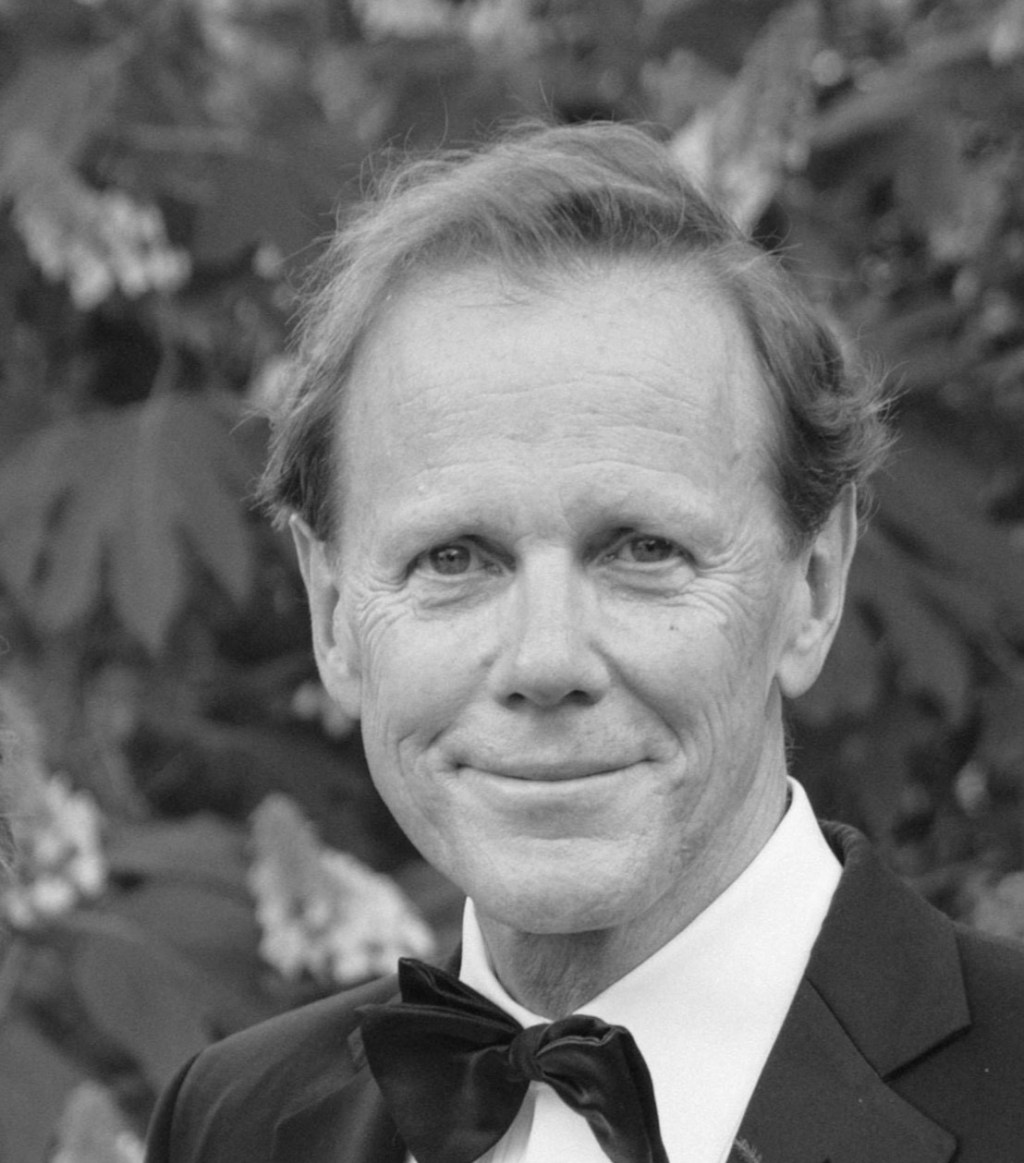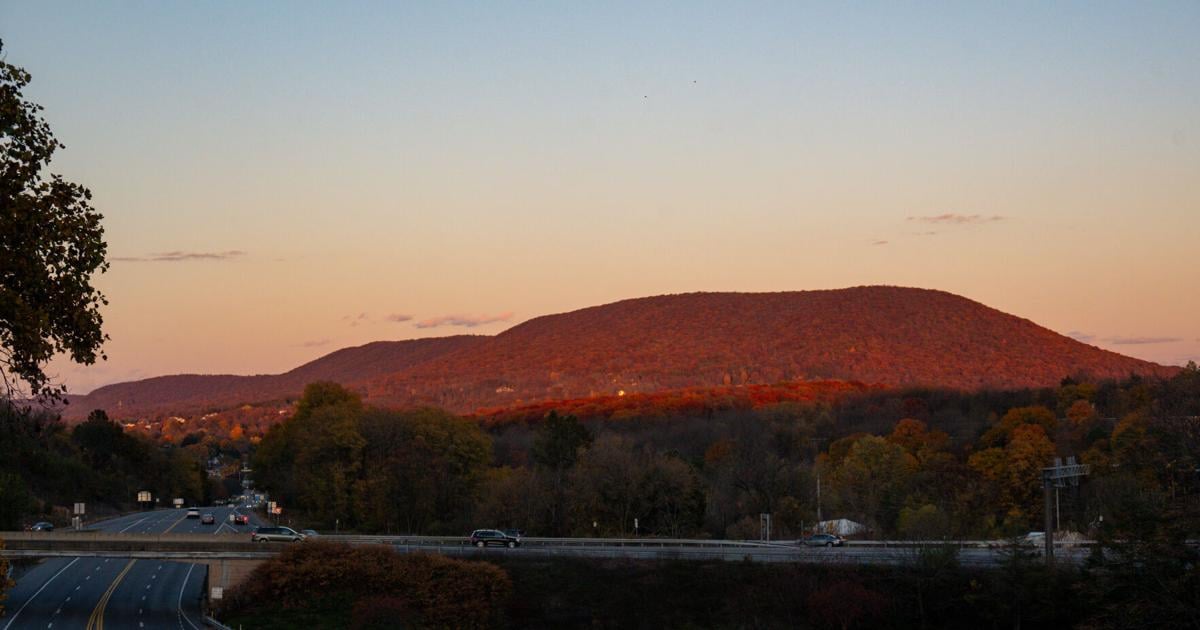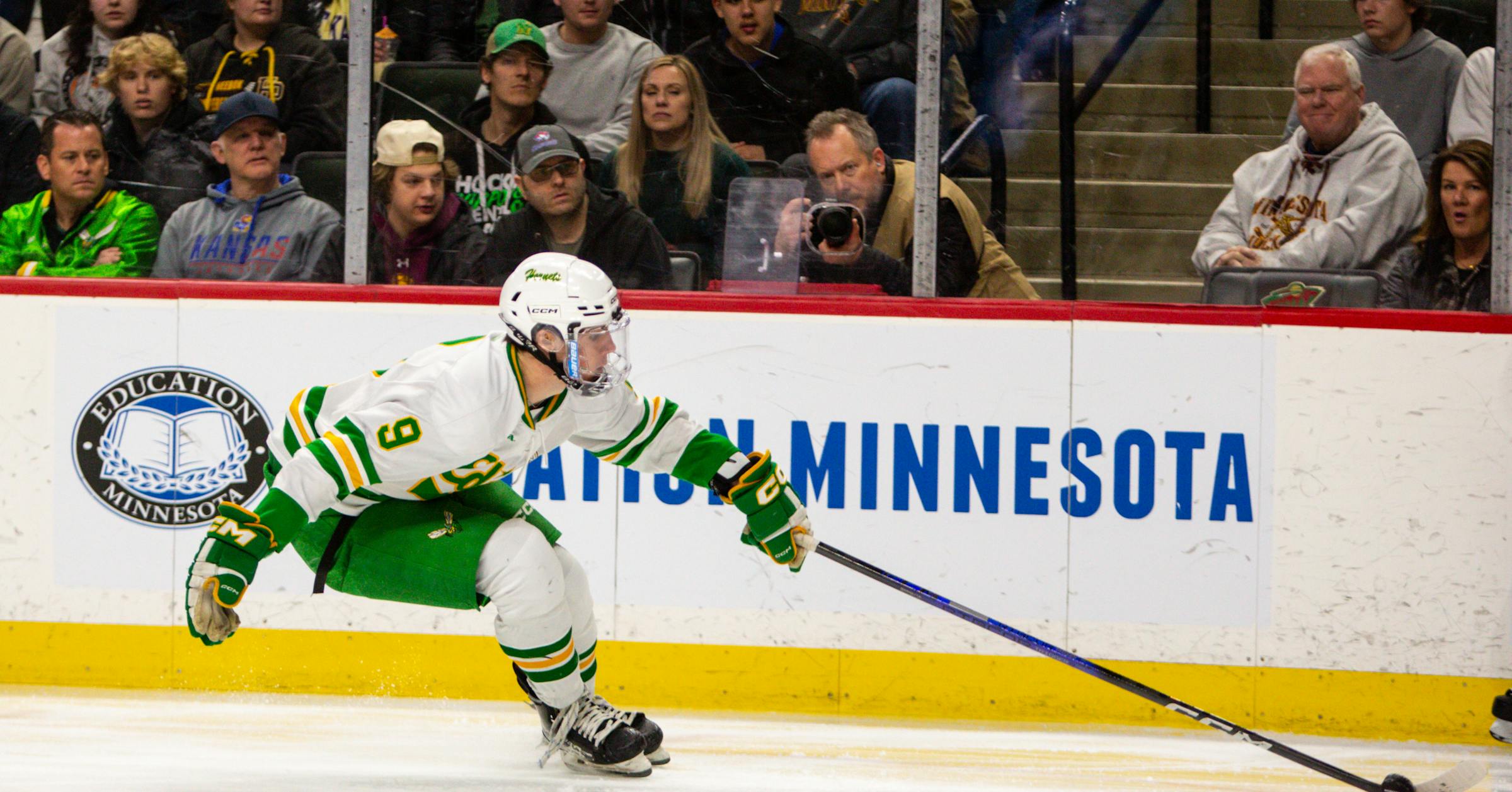
As recently as 2011, the professional soccer landscape was in relative stasis.
On the men’s side, Major League Soccer (MLS) had only recently stabilized and begun its growth, with fewer than 20 active clubs until 2015. The men’s lower divisions had splintered into two leagues: the North American Soccer League (NASL) occupied the second-division rung, and the United Soccer League (USL), then branded as USL Pro, kicked off as a third division. On the women’s side, the first-division Women’s Professional Soccer (WPS) played its final season, two years before the National Women’s Soccer League’s (NWSL) debut.
The four leagues had a combined 44 teams, only six of which were women’s clubs.
In 2025, there are 119 professional clubs, with 22 women’s teams between the two Division I leagues, NWSL and the USL Super League. More are expected to join next year, including the dawn of professional lower-league women’s soccer, which has been lacking due in large part to historical underfunding. Despite the eye-popping valuations of clubs today, the NWSL — the third attempt at professional women’s soccer in the U.S. and the one that has been around the longest — has only recently reached its point of acceleration with the newest expansion team, Denver, paying $110 million to join.
On Friday, CBS Sports reported that the NWSL sent an application to U.S. Soccer to launch a second-division league. In its petition to the federation, NWSL commissioner Jessica Berman said launching this league would be “essential for (its) development and sustainability,” citing player and staff development.

A letter from NWSL commissioner Jessica Berman to U.S. Soccer outlined the league’s Division II request. (Russell Lansford / Imagn Images)
The proposed league resembles a reserve league rather than a second tier; Berman’s letter likened it to Major League Baseball’s minor leagues. Affiliates are common in sports as a way of developing players and providing another path to pros for those not quite ready for primetime. It’s also an avenue for markets that wouldn’t be considered for the top division to get in on the fun, all while helping players and staff bolster their resumes for upward mobility.
But is the scale of increase answering a need, or causing a convoluted shape that looks less like a pyramid and, instead, becoming something far more amorphous?
In a statement shared with The Athletic after the news of its request for Division II sanctioning, the NWSL added an unmissable second factor: “The demand for professional soccer has never been higher.”
Long touted as the “sport of the future,” the organizers of professional soccer have viewed the past decade (and the half-decade to come) as their optimal growth window. The men’s World Cup will come stateside next summer; the 2028 Olympics in Los Angeles and the 2031 Women’s World Cup extend the window of major global tournaments at home, fueling investors’ interest in launching clubs, leagues and events like The Soccer Tournament.
What the NWSL has proposed is a minor league, but there’s room for argument that the space needs a proper lower division. NWSL leaving the door open for unaffiliated teams to join in the future is evidence of that. However, wanting to launch lower-division soccer leagues is one thing; curating them to endure with genuine stability is a far more difficult venture.
When the USL announced its intention to launch a professional women’s league after previously launching the amateur W-League, it seemed like a clear solution to launching lower-division women’s soccer. The USL had established itself in the men’s landscape, even recognizing the first player’s union for lower-league soccer players.
Instead, the USL launched the Super League with first-division sanctioning requirements, citing a desire to operate at the highest baseline standard possible. It also complicated how to contextualize its launch: was this a rival league for the NWSL or a developmental platform independent from it?

USL launched the Super League in 2024 as a Division I league. (USL Super League)
The USL Super League is nearing the end of its inaugural regular season, with the playoff semifinals on June 7 and a final on June 14. The Carolina Ascent has been the clear initial power, topping the league table as well as the attendance rankings with an average home draw of 3,859, including a high mark of 10,553 for the inaugural match.
But leagues aren’t cheap. Nor are the individual clubs.
Scouring the USL’s publicly available Franchise Disclosure Documents, Colton Coreschi reported on the Super League clubs’ first-year financial expenditure for Backheeled. Per his reporting, the expansion fee to join the Super League stands at $10 million — five times the fee paid by Angel City, the San Diego Wave and the Utah Royals to join NWSL, per Sportico. Player expenses (including salaries, insurance and housing) range from $732,000 to $1.8 million annually per club. Coaches add another $175,000 to $350,000 onto the ledger, while facilities are even more expensive to secure: $725,000 to $2.3 million.
Tack on travel and off-field costs like front-office staff, broadcasts, supplies and annual dues, and the range of estimated operational expenses per year goes from $3.4 million to $7.7 million on top of the one-time $10 million expansion fee. It’s an expensive pursuit to execute well, and one that isn’t for the faint of heart.
While the women’s soccer pyramid is still burgeoning, the men’s leagues provide a cautionary tale.
After the (second) NASL ceased operation in 2017, the USL on the men’s side had brief but total command over the second and third-division levels. Its flagship rebranded as the USL Championship in 2019, the same year it launched a new circuit, USL League One, to fill the void left in the third-division tier.
Around the same time, U.S. Soccer also granted third-division sanctioning to the National Independent Soccer Association (NISA). That league never really gained a foothold with frequent backroom reorganization, its stable of clubs varying greatly each season and the COVID-19 pandemic.
Nevertheless, its launch sent a message: U.S. Soccer would grant (non-provisional) sanctioning within the same tier of its pyramid to multiple leagues, so long as their proposal was sound. MLS soon followed, launching Next Pro as a Division III league to house its affiliate (not reserve, per league guidance) clubs in 2022.
The disjointed competition has left a myriad of Division III men’s leagues looking for meaning. While USL League One is in its seventh season and expanding, NISA is on a partial hiatus and Next Pro is largely an MLS developmental league with only a small portion of its clubs being independent. Some MLS teams still send their top prospects who need more training on loans to USL clubs in the Championship and League One.
Somehow, this doesn’t quite feel like the utopian ideal that the “sport of the future” promised. Still, there’s a promise of future payoff, especially in women’s soccer.
But dedicated support from fans requires more than proximity and abundance. It requires operational stability at the club and league levels: enough time for memories, often emotional, to occur. There has yet to be an investment or strategy in the lower-division landscape to produce despite recent efforts.
NWSL’s Division II proposal is up against WPSL Pro, another league that announced its intentions to apply for Division II status last week. For those keeping track, that’s two Division I leagues, two Division II, no Division III and multiple amateur offerings.
(As a related aside: if the NCAA extends the college soccer season, it could leave well over a hundred amateur soccer clubs that play in the summer, in leagues like the USL W-League and modern WPSL, needing to decide if they can scale up and go professional or if they’ll struggle to contend.)

WPSL Pro shared a design of where they think they fit in the pyramid before NWSL’s Division II bid became public. (WPSL Pro)
It’s a conundrum of U.S. Soccer’s own creation by opening the landscape like a marketplace instead of working to ensure a coherent structure — a far more Darwinistic method of curation than the launches of MLS and the NWSL. It leaves the act of bringing more soccer to the country feeling more like a pure investment with an eye on profit, the one-time sport of the future now promising a growth opportunity, rather than creating community assets. If a player or coach happens to benefit from the league and go on to do great things, it’s a bonus rather than proof of concept.
Launch events are cool, but they aren’t the ultimate aim. The first league that can coherently prove that being a second-division market should be a badge of honor with grassroots appeal and not a consolation prize for missing out on the NWSL will be the real breakthrough in the women’s landscape.
Seemingly, that isn’t the intention for the USL Super League, and the NWSL’s plan leans heavily on reserve teams that are unlikely to garner rabid followings in the senior team’s backyards. Maybe the WPSL is best positioned to fill that void with its own independent circuit, and can form a critical mass of sports-mad cities like Cleveland that’ll create unique and intimate atmospheres that make them a draw to fans and neutrals alike.
But even within the leagues that are trying to fill the void now, not every team is built to last.
Over the last eight seasons, 26 independent lower-division men’s clubs in the prominent leagues have folded or relocated, leaving their local fans with a void. These include three from the NASL, 11 from the USL Championship, four from USL League One, seven from NISA, and one from MLS Next Pro. Even in this golden age of American soccer, where interest has never been higher, at least three lower-league markets — in locals as notable as Saint Louis and San Francisco, and even those storied New York Cosmos — lose their hometown team each winter.
Even with the cautionary tales, a noble and overdue pursuit is at the heart of this all. Forming lower-league structures in both the women’s and men’s landscape is worth fighting for with three undeniable drivers: player development, staff development and giving a greater number of communities a team to fall in love with, even if they aren’t at an NWSL scale or standard.
College was that developmental launchpad for a long time, but as USL Super League president Amanda Vandervort told The Athletic before the league’s launch last summer: “There’s a delta (of opportunities) there that needs to be filled — because if we don’t, we’re going to fall behind.”
Short-term opportunities can only help so much. A unified push with a coherent plan to set clubs up for success would make this even more impactful. Players and staff need to know where to best evolve, while fans need to trust that their team is here to stay. We’ll see if they can find it.
(Top photo: Kyle Rivas / Getty Images)
13


